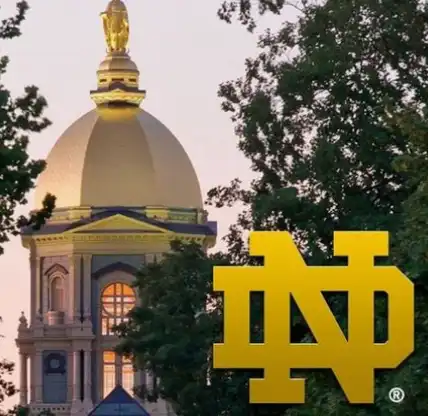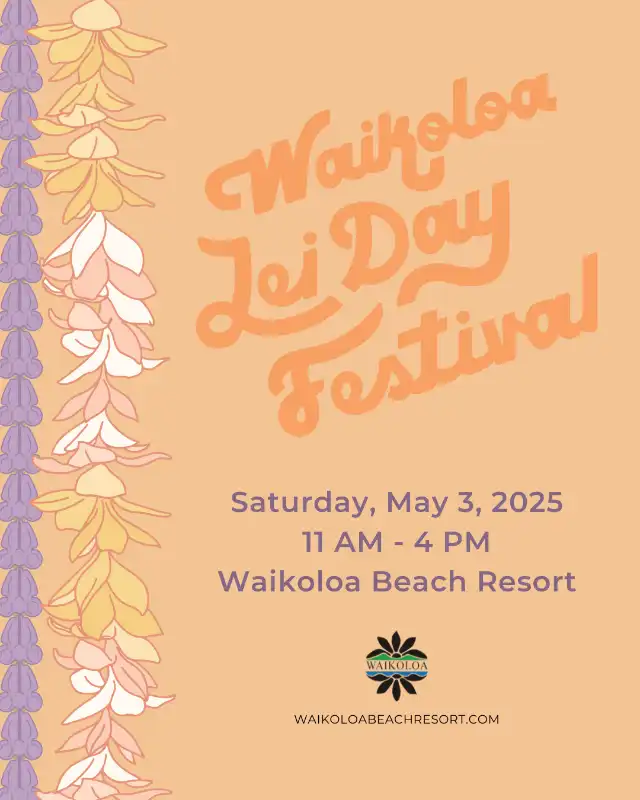Kīlauea’s spectacular eruption already drawing large crowds to Hawaiʻi Volcanoes National Park

Martin Goehringer from Germany could not believe his good fortune Wednesday morning when he woke up about 6 a.m. and checked his email.
“The USGS sent me an eruption update that Kīlauea is erupting right now,” he said.
Goehringer had camped the previous four nights at Hawaiian Volcanoes National Park, but on Wednesday morning he was camping in Kona. After talking to his friend, and deciding that it was safe with no big earthquakes, they picked up coffee, got gas and drove the 2 1/2 hours back to the park.
“We were lucky to get a parking spot at Kīlauea overlook, which is the best place to see the lava right now,” he said.
Goehringer is like thousands of others who are flocking to the park today to see Kīlaueaʻs latest lava flow.
News of Kīlaueaʻs spectacular eruption in the wee hours of Wednesday morning spread fast. At 10:30 a.m., it was bumper-to-bumper traffic to get into the park to see Mother Nature in her full glory as lava spewed more than 200 feet into the air.
Sharon Anich from Milwaukee, Wisc., was on a cruise ship when she learned about the eruption. She had plans to go on a scheduled tour, but 10 years ago they were on the Big Island and just missed seeing an eruption. So this time, she changed course to the national park.
“You can feel the heat and cooler breeze once in a while,” she said. “It’s pretty spectacular. … It is really nice to actually see the land forming.”
Jessica Ferracane, public affairs specialist at the park, said: “All eruptions are exciting, but this one in particular. When Kīlauea erupts and its within Halemaʻumaʻu crater, and its within the national park, and there’s no threatening of homes and infrastructure, itʻs a good thing. And thatʻs what we have here today.”
Ferracane said this eruption is similar to the previous eruption of Kīlauea that began in January and lasted 61 days, ending on March 7.
“Very similar views,” Ferracane said. “But the things I noticed that were different today were the lava fountains were much higher. There was a number of fissures that opened up along the crater floor. We had at one point almost 300-foot high lava fountains. That has come down a little bit now.”
The parking lot at the main Visitorʻs Center and Volcano House were packed, but there is good viewing of the eruption at just about any overlook along the crater edge. People can access many of the overlooks on Crater Rim Trail, which goes almost all the way around the caldera.
Some of the most popular lookouts are Uēkahuna, Kīlauea Overlook, Wahinekapu (Steaming Bluff), Kupinaʻi Pali (Waldron Ledge) and Keanakākoʻi.
But there are plenty more. Ferracane said she doesn’t know the exact number of overlooks, pointing out the park is bigger than the entire island of Oʻahu.

“What people really need to know is that volcanic eruptions are hazardous and actively and can change at any time,” Ferracane said. “It is really important for people to stay out of any closed areas and stay on marked trails and overlooks. There is a lot of hazards to volcanic eruptions that you canʻt see. Volcanic gases, cliff edges, earth cracks. Stay out of closed areas is the No. 1 message.”
The park warns that hazardous volcanic gases present a danger to everyone, especially people with heart or respiratory problems, infants, young children and pregnant women.
The other good thing about viewing the eruption is the park is open around the clock. Those who come to the park after dark will see a “magnificent reddish-orange glow” that fills the night sky above the lava lake at the crater.
Park ranger Andy Ornberg said it’s going to get more and more busy, but “coming to see it is a wonderful thing to view.”
During the daylight, volcanic gas and steam can be seen billowing out of Halemaʻumaʻu, and the entire summit caldera.
“We are expecting big crowds, with the USGS 24-hour live cam on the activity,” she said. “We expect to draw thousands or more just today.”
Parking areas may close unexpectedly when full. Consider viewing the eruption from less crowded areas, hike to popular viewing areas from other parking lots, or visit at an unconventional time. Visit before 5 a.m. or after 9 p.m. for the best experience.
Ornberg’s best tip is not to come at around sunset. “Everybody and the their brother is going to want to come up and see it at night, which is a very cool things to do. When you come up at 7:30, just after dark, is a ranger is going to meet you part way and say turn around and go away because there is not place to park. The best time to come for an eruption [at night] is about 10 p.m.”
The park said to slow down and drive safely. Expect long waits for parking spaces at popular vantage points like Kīlauea Overlook and Devastation parking lot.
The park also warns that at 4,000 feet, the summit of Kīlauea can be chilly at any time. Bring a rain jacket, wear long pants and closed-toe shoes.
The eruption has caused no park closures, and all park activities are planned to go on as scheduled.
Ferracane said she has worked at the park for 12 years and been through 20 different eruption phases: “We are very well prepared for eruptions.”
There also is a temporary flight restriction above Kīlauea caldera of 5,000 feet AGL.
For information about where to watch the eruption, click here.
Big Island Now editor Cammy Clark contributed to this report.























